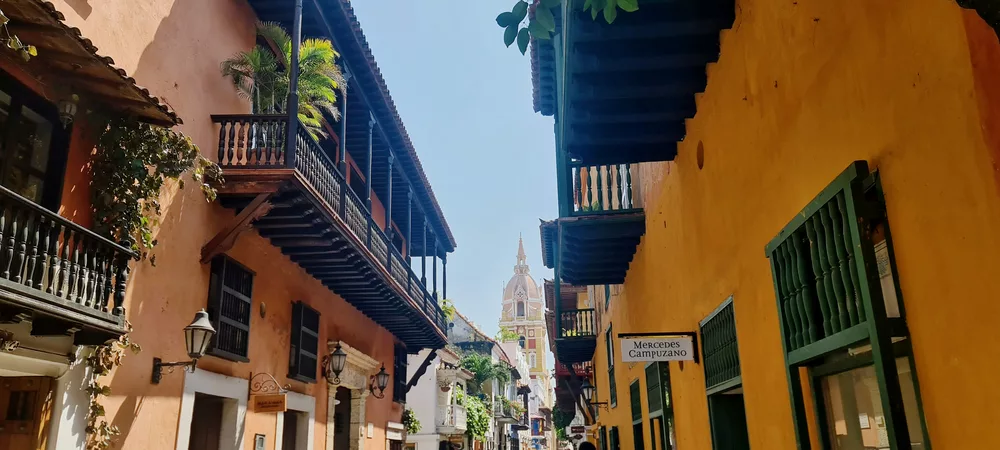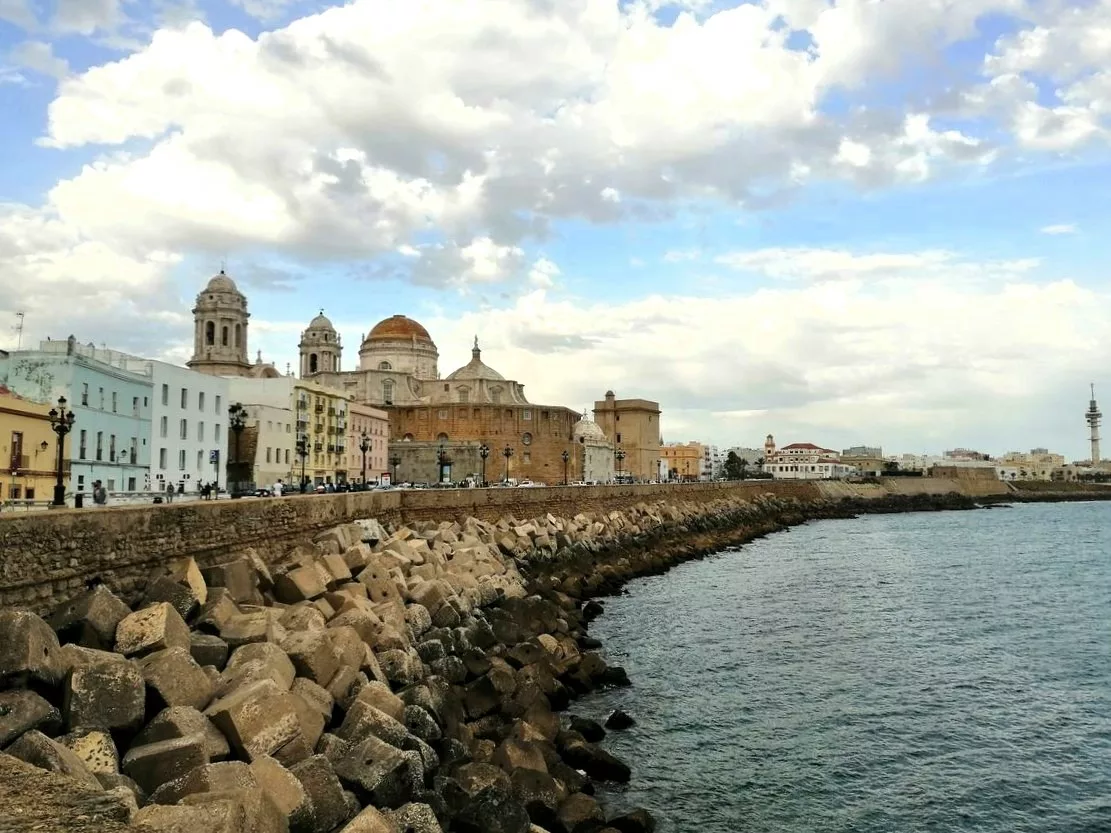Andalusia Spain: 15 places to visit
Andalusia is a vast region in Spain, hiding an impressive number of architectural, historical, and cultural treasures. Situated between mountains and beaches, its privileged location attracts tourists, especially from Europe. Personally, it’s my favorite region since several civilizations have passed through, making this place incredibly rich. The architecture is breathtaking everywhere, the food is absolutely delicious, and the people are genuinely kind. In short, I can only recommend to visit Andalusia Spain.
Andalusia Spain in a nutshell
Andalusia what to visit?
If you visit Andalusia, you will explore a region with an incredibly rich history, as well as stunning natural landscapes. The autonomous community is full of must-see sites. Unfortunately, choices must be made. So here is my small selection.
Seville, the most beautiful.
Must-see sites
The Plaza de España

The Real Alcazar

The Giralda

3 Excursions to Fully Enjoy Seville
What to do around Seville?
Cazalla de la Sierra
Ecija
Nicknamed the “City of Towers,” Ecija boasts an extremely rich variety of monuments, including temples, palaces, and viewpoints.
Cordoba, the City of the Three Cultures
Must-see sites
The Mosque-Cathedral

The Alcazar de los Reyes Católicos

The Palacio de Viana

3 Excursions to Fully Enjoy Cordoba
What to do around Cordoba?
Almodovar del Rio
Parque natural Sierra de Cardeña y Montoro
Grenade, one of the cradles of flamenco
Must-see sites
The Alhambra

Albacin

Sacromonte
3 Excursions to Fully Enjoy Grenade
What to do around Grenade ?
Guadix
Considered one of the oldest human settlements in Spain, the village of Guadix attracts the curious with its historic center and significant heritage, including the medieval Arab Alcazaba and its neighborhoods of cave houses.
Almuñecar
Malaga, tranquility with a view of the sea.
Must-see sites
The Cathedral

The Gibralfaro castle

The Alcazaba

3 Excursions to Fully Enjoy Malaga
What to do around Malaga ?
The Caminito del Rey
Ronda
Cadiz, the oldest village in Europe
Must-see sites
The Cathedral

The San Sebastian castle

The city center

3 Excursions to Fully Enjoy Cadiz
What to do around Cadiz?
Arcos de la Frontera
This picturesque village offers numerous points of interest such as towers, churches, and viewpoints, all while exuding its Arab heritage.
Setenil de las Bodegas
How many days to visit Andalusia?
Andalusia what to visit: 7-day itinerary
If you only have 7 days in Andalusia, I recommend dedicating them to visiting the largest and most important cities in this Autonomous Community.
- Seville: 3 days
- Grenade: 2 days
- Cordoba: 2 days
Andalusia what to visit: 10-day itinerary
With an additional 3 days, you can take the opportunity to explore the previous itinerary and add a few more destinations. I suggest 2 options.
- For urban tourists:
- For nature lovers:
Andalusia what to visit: 15-day itinerary
Finally, if you have time for a road trip to get more than just a glimpse of Andalusian beauty, here’s a 15-day itinerary.
- Sevilla: 3 days
- Ecija: 1 day
- Grenade: 2 days
- Guadix: 1 day
- Cordoba: 2 days
- Parque natural Sierra de Cardeña y Montero: 1 day
- Malaga: 1 day
- Caminito del Rey: 1 day
- Ronda: 1 day
- Cadix: 1 day
- Setenil de las Bodegas: 1 day
What to eat in Andalusia?
- In Seville: gazpacho, rabo de toro
- In Cordoba: berenjenas fritas, salmorejo
- In Granada: pestiños, habas con jamon
- In Malaga: espeto de sardinas, ajoblanco
- In Cadiz: ortiguillas, cazon en adobo
When to explore Andalusia?
How to get around in Andalusia?
To be a digital nomad in Andalusia Spain
Responsible travel in Andalusia Spain



post a comment cancel reply
This site uses Akismet to reduce spam. Learn how your comment data is processed.











